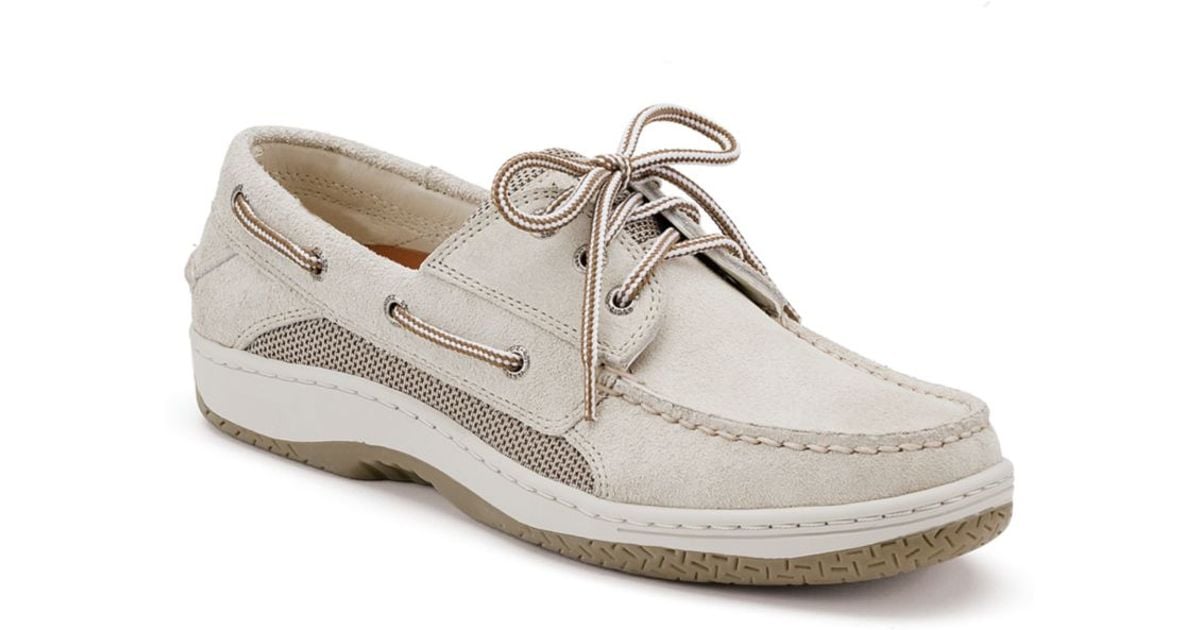16' Plywood Jon Boat Plans
Are you looking to build your own boat but not sure where to start? Look no further than the 16' plywood jon boat! With these plans and some basic woodworking skills, you'll be out on the water in no time.
Materials Needed
Before you get started, you'll need to gather a few materials:
- 4 sheets of 1/4" plywood
- 1 sheet of 3/4" plywood
- 2 2x4s
- 1 gallon of epoxy
- 1 quart of fiberglass cloth
- Wood glue
- Screws
- Nails
- Sandpaper
- Paint
With these materials in hand, you're ready to start building!
Construction Steps
Step 1: Cut the plywood sheets into the required pieces, following the plans closely.
Step 2: Build the bottom of the boat by attaching the transom to the two side panels, then attaching the bow panel.
Step 3: Attach the two 2x4s to the bottom of the boat, running from the transom to the bow panel. These will act as the boat's supports.
Step 4: Build the sides of the boat by attaching the side panels to the bottom of the boat, then attaching the two upper side panels.
Step 5: Attach the two upper bow panels, and the two upper stern panels to the sides of the boat.
Step 6: Seal the boat by applying epoxy and fiberglass cloth to the seams and joints of the boat.
Step 7: Sand the boat to remove any rough edges or imperfections, then paint the boat to your desired color and finish.
With these steps complete, your boat is ready for the water!
Finishing Touches
Before you head out on the water, there are a few finishing touches you may want to consider:
- Add a rub rail to protect the sides of the boat from scratches and dings.
- Install seats or benches to make your time on the water more comfortable.
- Add a trolling motor or outboard engine if you plan on using the boat for fishing or longer trips.
- Consider adding storage compartments or a livewell if you plan on using the boat for fishing.
These additions can help make your boat more functional and enjoyable for your specific needs.
Conclusion
Building your own boat can be a rewarding and fulfilling experience, and with the right plans and materials, it can also be a relatively easy process. The 16' plywood jon boat is a great option for those new to boat building or looking for a simple and affordable option. By following these plans and taking your time with each step, you can have a boat that's both functional and beautiful in no time.
















